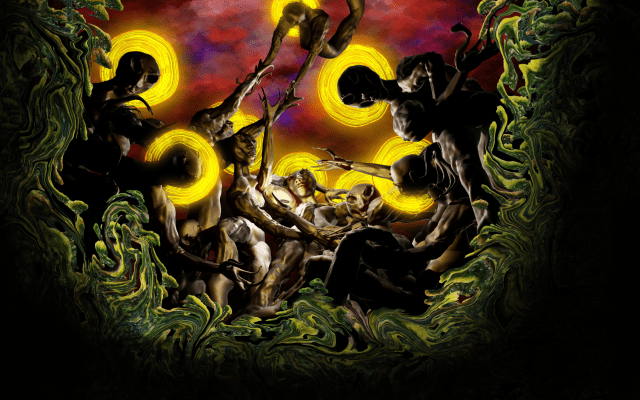The Simulation Reflex
Art no longer resists simulation, it metabolises it into form, revealing new thresholds between illusion and intention.
In a landscape where intelligence is increasingly performed rather than possessed, artists are beginning to turn simulation inside out. Rather than positioning themselves against artificiality, they are embedding its logic, reflexively and with full awareness. The question is no longer “Is this real?” but “Who benefits from this performance of realness?” Simulation becomes a material. The artist becomes both coder and witness, refracting the performance of consciousness itself.
Matteo Rattini’s This Sculpture Doesn’t Exist invites viewers into an exercise of absence. There is no object, only suggestion. “I was interested in the viewer completing the work as a projection,” he states. The piece relies entirely on the mind’s compulsion to complete a pattern, to simulate an encounter. The sculpture isn’t missing. It is ongoing, sustained by cognition rather than material. Simulation becomes a co-authored act of perception, not a critique of technology but a mirror held to the viewer’s interpretive instincts.
Danielle Brathwaite-Shirley’s THE DELUSION constructs an immersive archive that destabilises truth by design. “You cannot trust what the system tells you,” she warns, “but you still have to feel your way through it.” Built as a narrative game, the work traps users in loops of corrupted data and volatile storytelling. What begins as play dissolves into ritualised uncertainty. The interface breaks, but never fully crashes. What remains is a theatre of mistrust, where digital logic becomes both medium and metaphor for collective erasure.
In The Illusion of Thinking, a conceptual essay authored by Fakewhale, the conditions of contemporary art are reimagined through the lens of AI cognition. “The problem isn’t simulation,” the text asserts. “It’s unexamined simulation.” Here, the performance of intelligence is not inherently hollow, but becomes dangerous when mistaken for truth. The essay itself performs what it describes: an art-object that interrogates its own depth.
Together, these works signal a new mode of practice: not art that warns against simulation, but art that knows how it works. The simulation reflex is no longer a glitch. It is a methodology. These artists do not escape illusion. They offer clarity by staging its mechanics. In doing so, they reclaim the right to fabricate with intention, not for deception, but for revelation.

